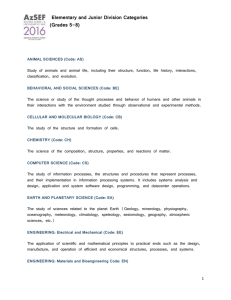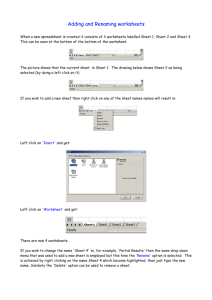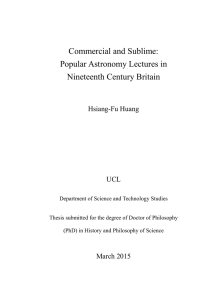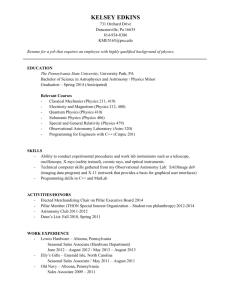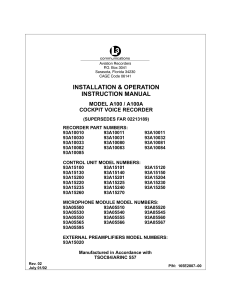here. - SUNY Oswego
advertisement
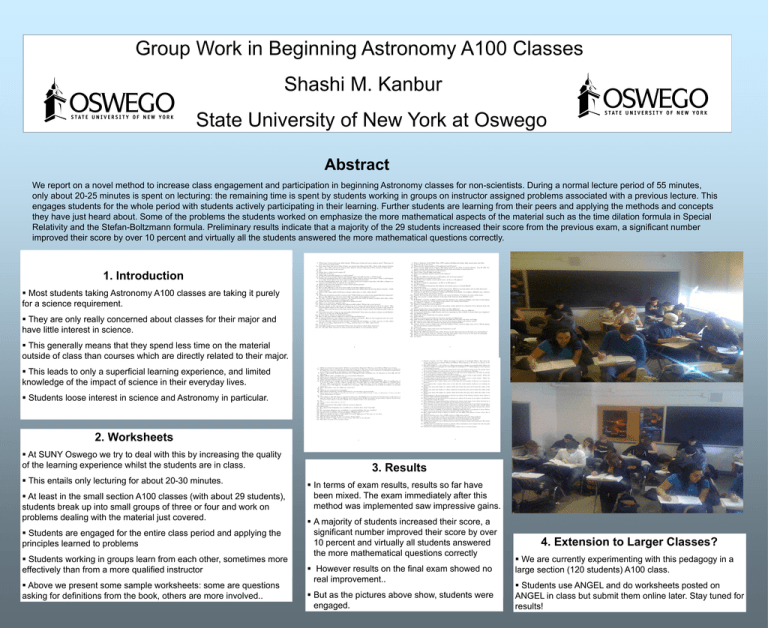
Group Work in Beginning Astronomy A100 Classes Shashi M. Kanbur State University of New York at Oswego Abstract We report on a novel method to increase class engagement and participation in beginning Astronomy classes for non-scientists. During a normal lecture period of 55 minutes, only about 20-25 minutes is spent on lecturing: the remaining time is spent by students working in groups on instructor assigned problems associated with a previous lecture. This engages students for the whole period with students actively participating in their learning. Further students are learning from their peers and applying the methods and concepts they have just heard about. Some of the problems the students worked on emphasize the more mathematical aspects of the material such as the time dilation formula in Special Relativity and the Stefan-Boltzmann formula. Preliminary results indicate that a majority of the 29 students increased their score from the previous exam, a significant number improved their score by over 10 percent and virtually all the students answered the more mathematical questions correctly. 1. Introduction Most students taking Astronomy A100 classes are taking it purely for a science requirement. They are only really concerned about classes for their major and have little interest in science. This generally means that they spend less time on the material outside of class than courses which are directly related to their major. This leads to only a superficial learning experience, and limited knowledge of the impact of science in their everyday lives. Students loose interest in science and Astronomy in particular. 2. Worksheets At SUNY Oswego we try to deal with this by increasing the quality of the learning experience whilst the students are in class. This entails only lecturing for about 20-30 minutes. At least in the small section A100 classes (with about 29 students), students break up into small groups of three or four and work on problems dealing with the material just covered. Students are engaged for the entire class period and applying the principles learned to problems Students working in groups learn from each other, sometimes more effectively than from a more qualified instructor Above we present some sample worksheets: some are questions asking for definitions from the book, others are more involved.. 3. Results In terms of exam results, results so far have been mixed. The exam immediately after this method was implemented saw impressive gains. A majority of students increased their score, a significant number improved their score by over 10 percent and virtually all students answered the more mathematical questions correctly However results on the final exam showed no real improvement.. But as the pictures above show, students were engaged. 4. Extension to Larger Classes? We are currently experimenting with this pedagogy in a large section (120 students) A100 class. Students use ANGEL and do worksheets posted on ANGEL in class but submit them online later. Stay tuned for results!

